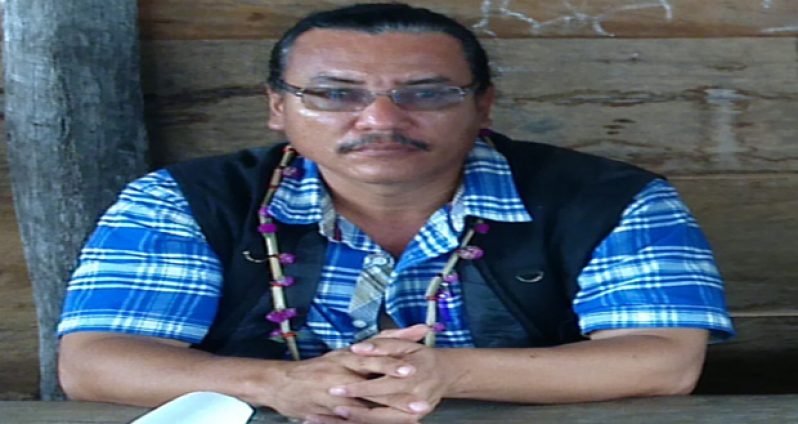THE Hinterland Employment and Youth Service is aiming to improve the situation of youth in hinterland communities who face many challenges because of the underdeveloped nature of their geographic locality, according to Advisor on Indigenous People’s Affairs Mervyn Williams.“It is the plan of government to have in place in every region of Guyana agricultural schools, technical colleges and generally institutions where vocational learning [will] take place. With the advent of these institutions, skills-training of the hinterland youth will be guaranteed,” he said.
Williams, in an interview with the Chronicle, explained that the project would entail the training of 3,000 youths from hinterland communities. These youths will be shortlisted by the relevant Village Councils with final approval by the Ministry of Indigenous People’s Affairs. The participants will then be trained and it is expected that afterwards they will either seek employment in their new skill area or be self-employed.
For those youth who are so inclined, they would attend the Guyana School of Agriculture, Kuru Kuru College, Government Technical Institute, or any other formal institution of learning, Williams said. The Ministry of Indigenous People’s Affairs in collaboration with the relevant Village Council will facilitate them during their training and subsequently have them placed in jobs upon successful completion of their training.
STIPENDS
Underscoring that during training all youth will receive stipends that will be enough for their basic personal expenses, Williams said the stipends would be administered by the relevant Village Councils, which would have the role of ensuring attendance and compliance.
He said that there is a situation where skilled persons are needed in various industries, but the hinterland youth are unable to fill these positions because they do not have the skills.
“They do not have the skills because there was no opportunity to acquire it in the first place…As a result, persons are brought from the coast to fill these vacancies and the hinterland youth have to settle for the labourer positions. With the mechanisation of the industries this situation is even more pronounced.
In addition to this, the entire landscape is changing and is leaving the hinterland youth behind,” Williams noted.
It is of utmost importance that some form of affirmative action be taken to address the plight of the most vulnerable and increasing indigenous youth population, he said.
To do this, he said it is necessary to take training that is available to youth on the coast to those in the hinterland, thus removing the geographic constraint.
PARTNERS
This activity would be carried out by the Ministry of Indigenous People’s Affairs with support from the Village Councils and other indigenous people’s organisations, including The Amerindian People’s Association (APA), Guyanese Organisation of Indigenous Peoples (GOIP), The Amerindian Action Movement of Guyana (TAAMOG) and the National Toshaos Council.
Together with the main implementing partners will be the NGOs and the donor community. The Ministry of Indigenous People’s Affairs will partner with these entities, which will be engaged in the studies and consultations which will then be evaluated by the ministry. In addition, funding will also come from these entities, in particular the United Nations Development Programme (UNDP) and World Indigenous People’s Fund.
By Rabindra Rooplall




.png)









